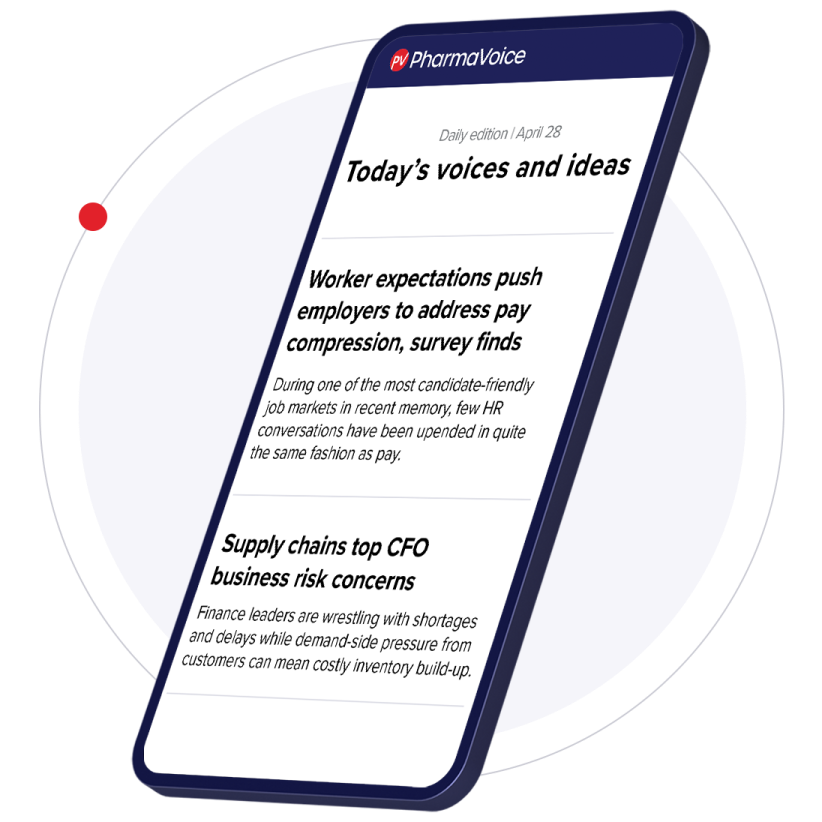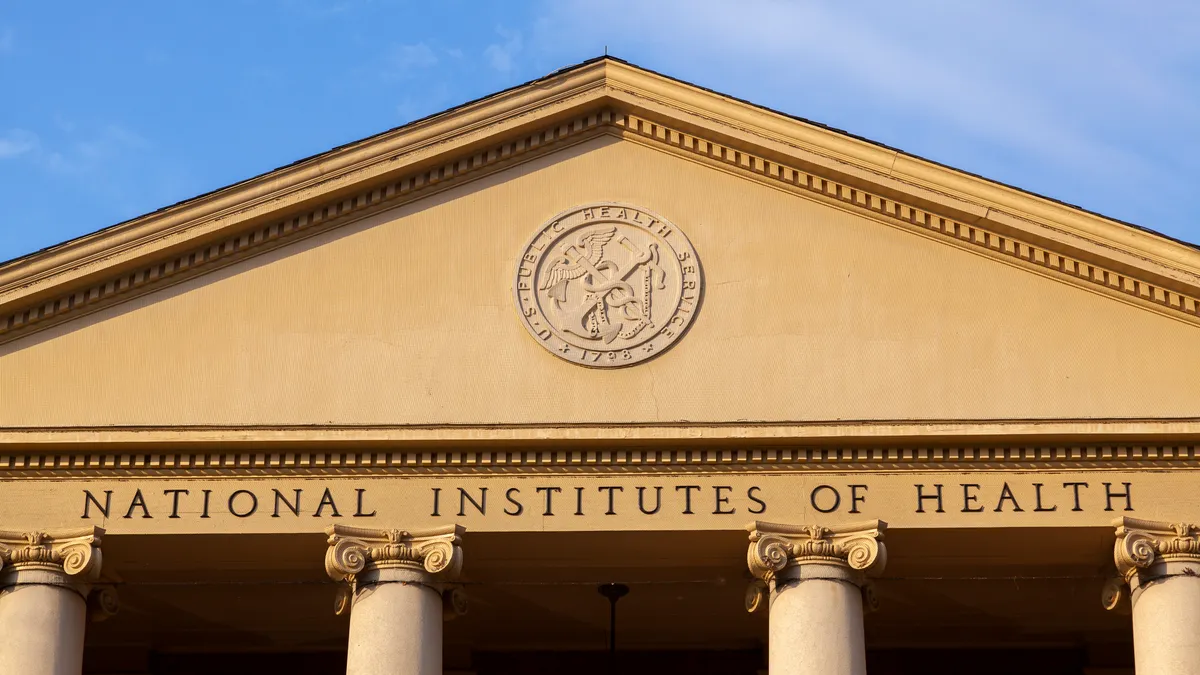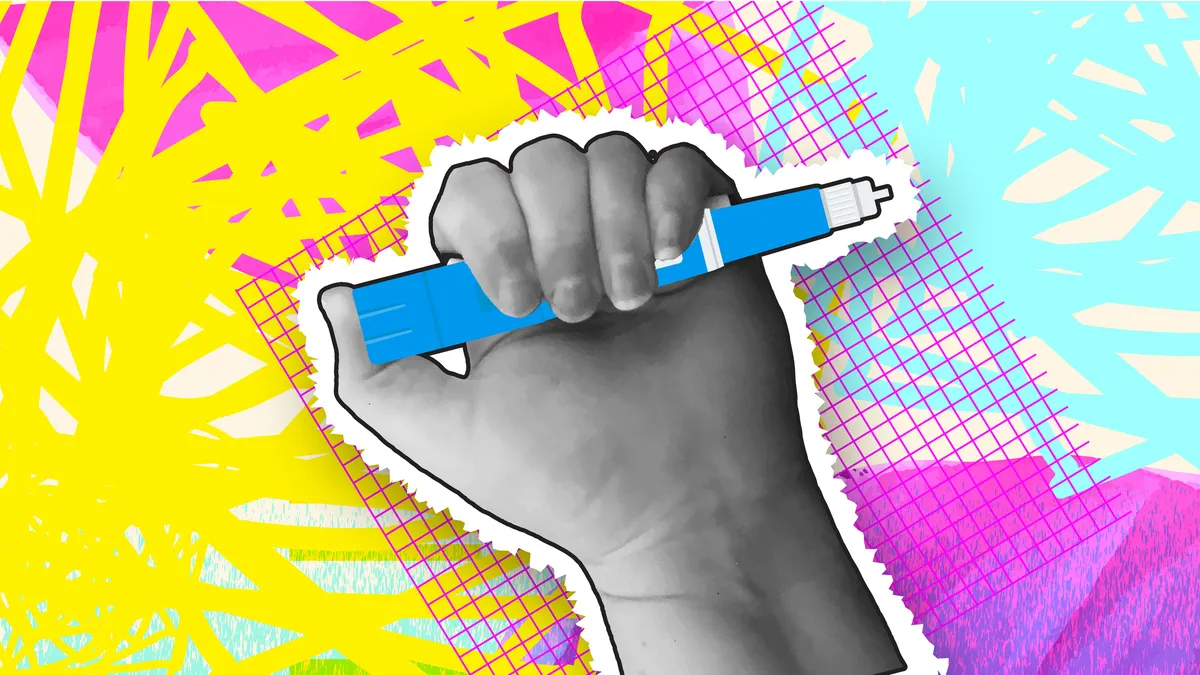Vertex Pharmaceuticals’ CRISPR-based therapy made history as the first drug of its type, transforming care options for sickle cell disease. Now, the company aims to make its mark in Type 1 diabetes with another potentially transformative therapy that could untether patients from insulin, the condition’s primary treatment for more than a century.
So far, signs for its Type 1 diabetes treatment zimislecel have been encouraging.
The company released results from a small, phase 1/2 trial earlier this year demonstrating that a single infusion of the off-the-shelf islet cell therapy hit blood sugar targets during one year of follow-up. And 10 of the study’s 12 participants no longer needed insulin.
The treatment uses stem cells to create islets, clusters of hormone-producing cells in the pancreas that regulate blood sugar and are damaged by a misguided immune system attack in patients with Type 1 diabetes. The laboratory-grown replacement islets are infused into the patient’s liver, where it’s easier for them to take hold and restore insulin production.

While Vertex needs to prove the treatment works over a longer period and in a broader population, this early success marks the first step, said Felicia Pagliuca, senior vice president of cell and genetic therapy research at Vertex.
“This gives us confidence that scientifically, we're on the right track with these cells, and that clinically they have the potential to be a really important new therapy option for people living with Type 1,” said Pagliuca.
But in the long run, the company has its sights on a next generation version that will overcome zimislecel’s chief drawback: Patients must take immunosuppressive medication to keep their body from destroying the newly implanted foreign islets.
A challenging condition
Type 1 diabetes patients typically have limited options, aside from insulin. Some may be eligible for a pancreas transplant, an uncommon procedure that brings risks related to both the transplant and potential organ rejection. They can also undergo a donor cell islet transplant.
In 2023, the FDA approved the first cell therapy for Type 1 diabetes — Lantidra from CellTrans — which uses donor islet cells from cadavers in adult patients who experience severe episodes of low blood sugar.
Among these options, zimislecel would have an edge thanks to its scalable, off-the-shelf approach.
Yet, none of these treatments tackle the immunosuppression problem. Vertex’s early zimislecel trials, however, could provide a critical first step in that direction.
Type 1’s future
All the patients in the Vertex trial were prone to severe hypoglycemia, a potentially fatal complication of diabetes that causes the blood sugar to plummet unexpectedly. Insulin, whether delivered by a pen, a syringe or a closed loop system, can’t always prevent these crashes. It also can’t lift the burdens and complications that shorten life expectancy for people with Type 1 diabetes, said Pagliuca.
Initially, the product will just target patients with this complication.
“We've now completed our end of phase 2 meetings with FDA and other regulators and have transitioned this study to be a phase 1/2/3 study, which we expect to be the data package to enable [approval] filings in coming years,” Pagliuca said.
That indication would be just the beginning.
“We see this as just the starting point for cell therapy in Type 1 diabetes. It’s clear from the data that this type of approach has transformative potential. So, our vision is to figure out a way to make that an option for everyone with Type 1 diabetes,” she said.
To create a treatment that doesn’t require immunosuppression, Vertex is in early-stage development with a genetically edited hypoimmune version of zimislecel.
Other companies are working toward that same goal.
In January, Sana Biotechnology announced promising six-month follow-up results for its treatment UP421, a hypoimmune, primary islet cell therapy that doesn’t require immunotherapy. The treatment was used on a single patient, and after six months, the transplanted cells appeared safe and were producing insulin without interference by the immune system.
Vertex is also working on the technical and logistical hurdles related to manufacturing. The company is laying the groundwork through new partnerships, including a deal with Lonza to establish a commercial manufacturing facility and a collaboration with TreeFrog Therapeutics that’s expected to optimize production of the company’s Type 1 diabetes cell therapies, Pagliuca said.
While it will take time to reach patients, new treatment options are closer to market.
“[We’re at] a turning point now where it's not just research potential for these ideas of cell therapies in Type 1, but real, clinical data that shows this is going to be part of the future,” she said.


















